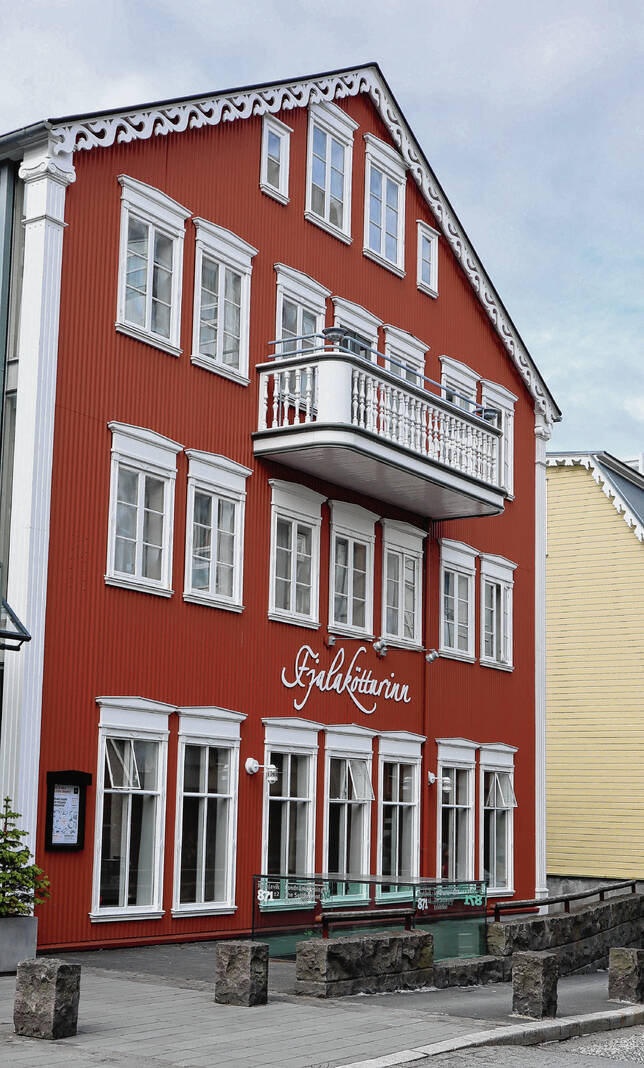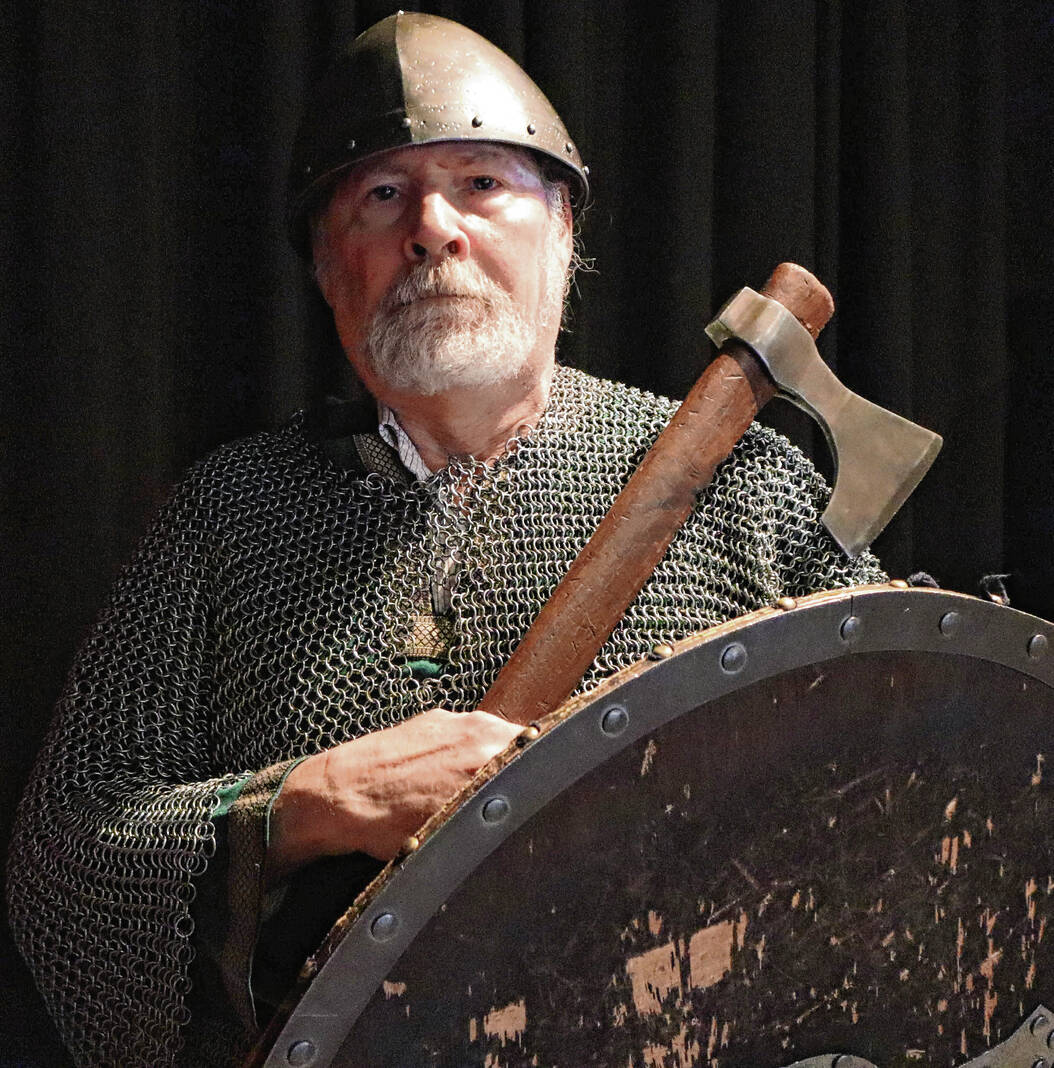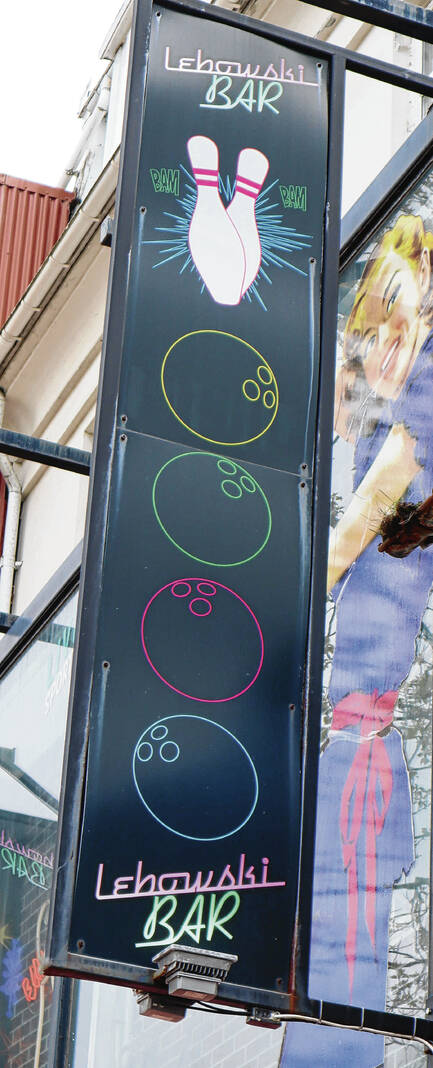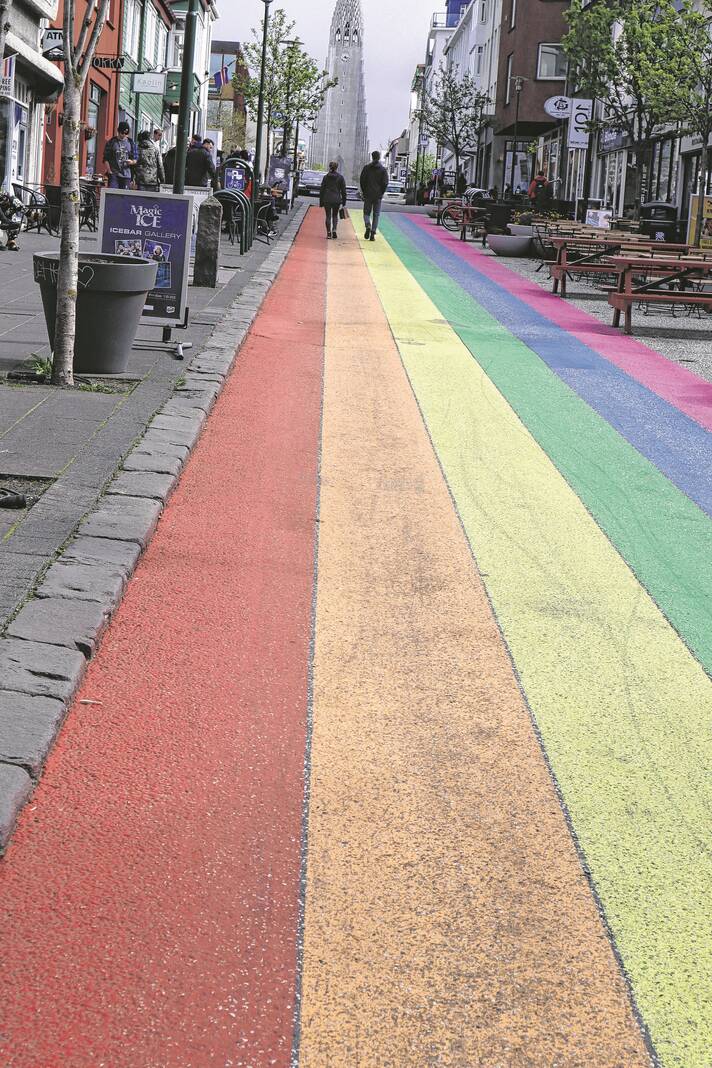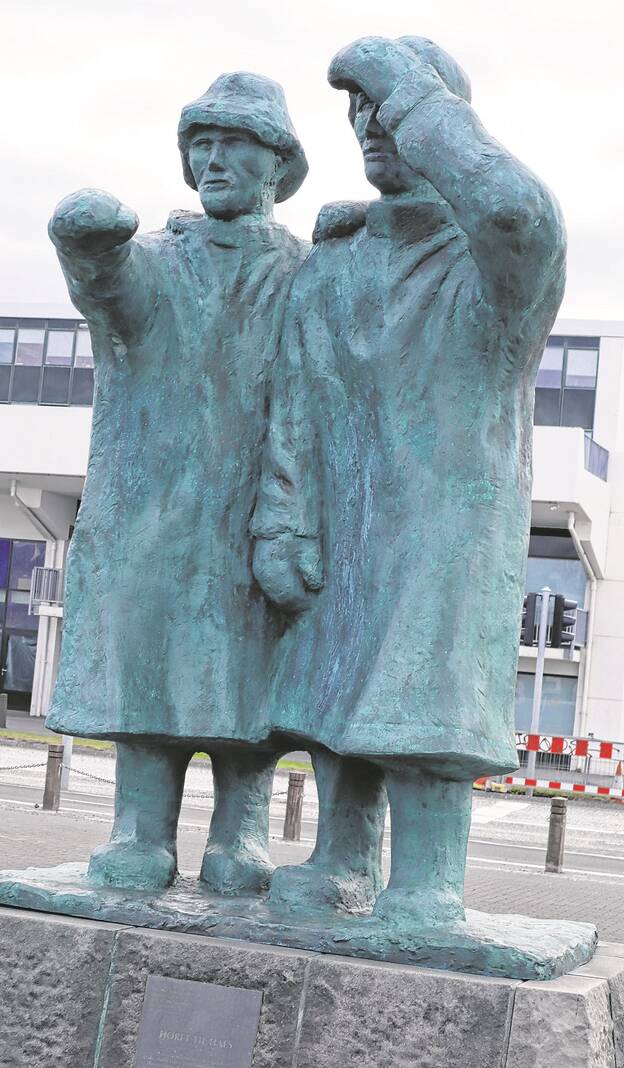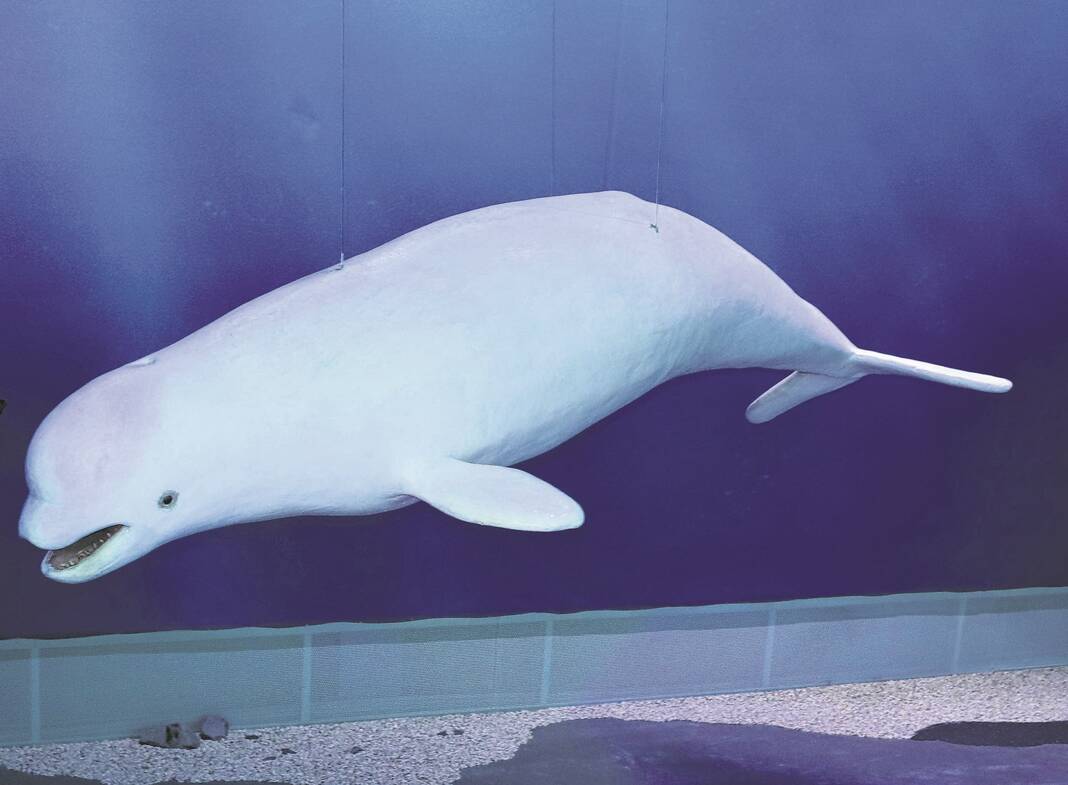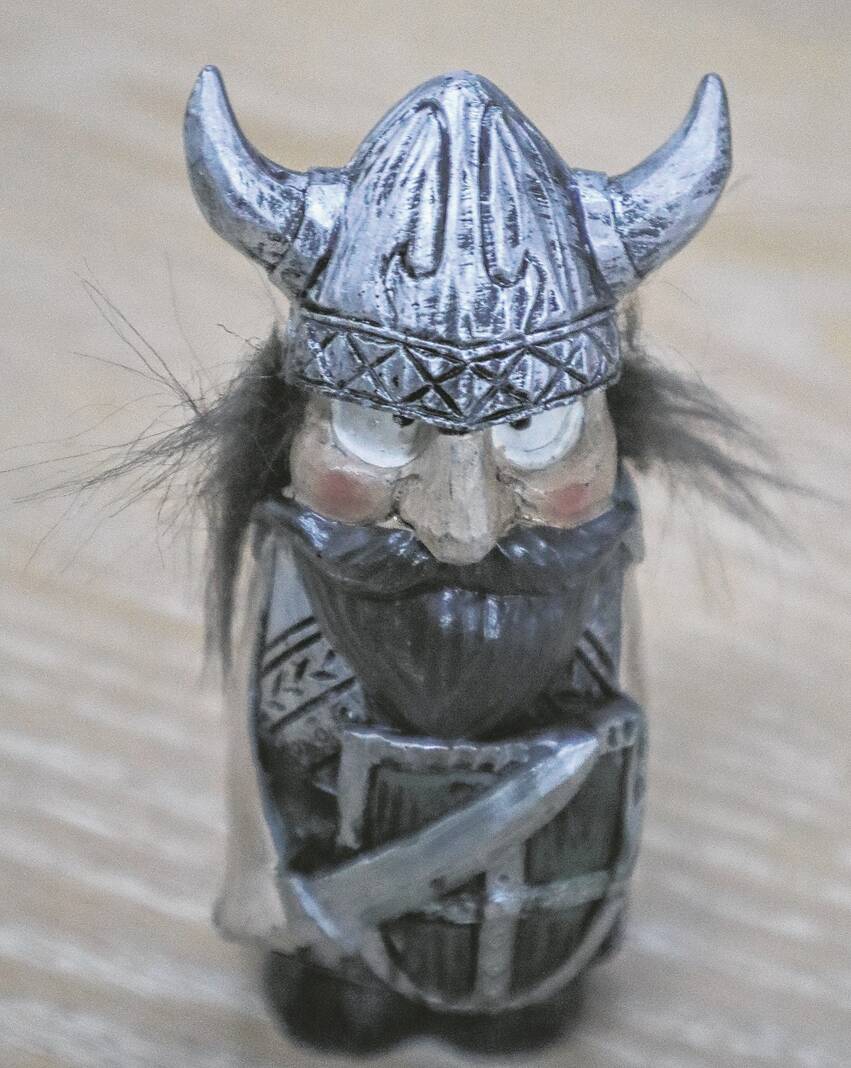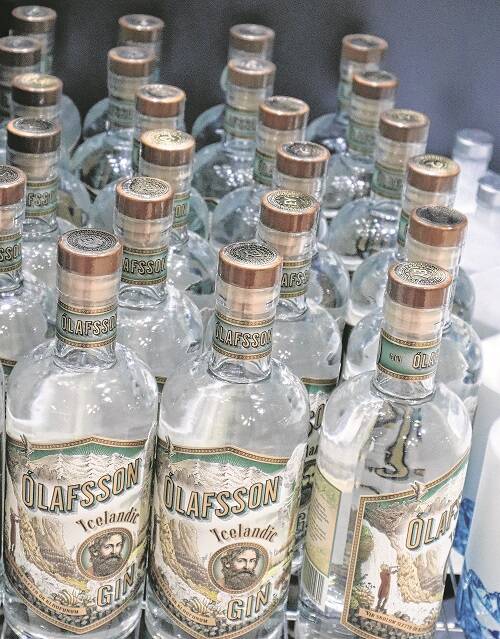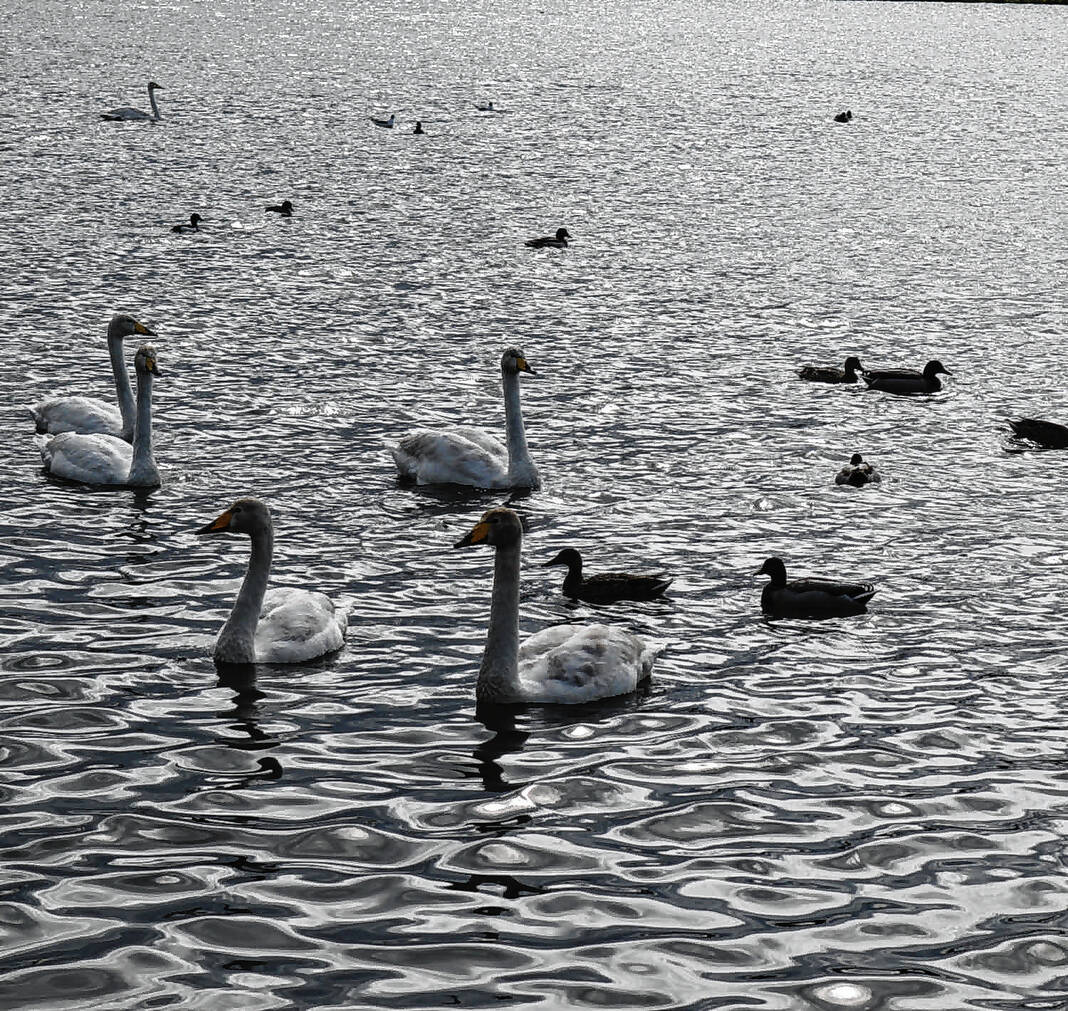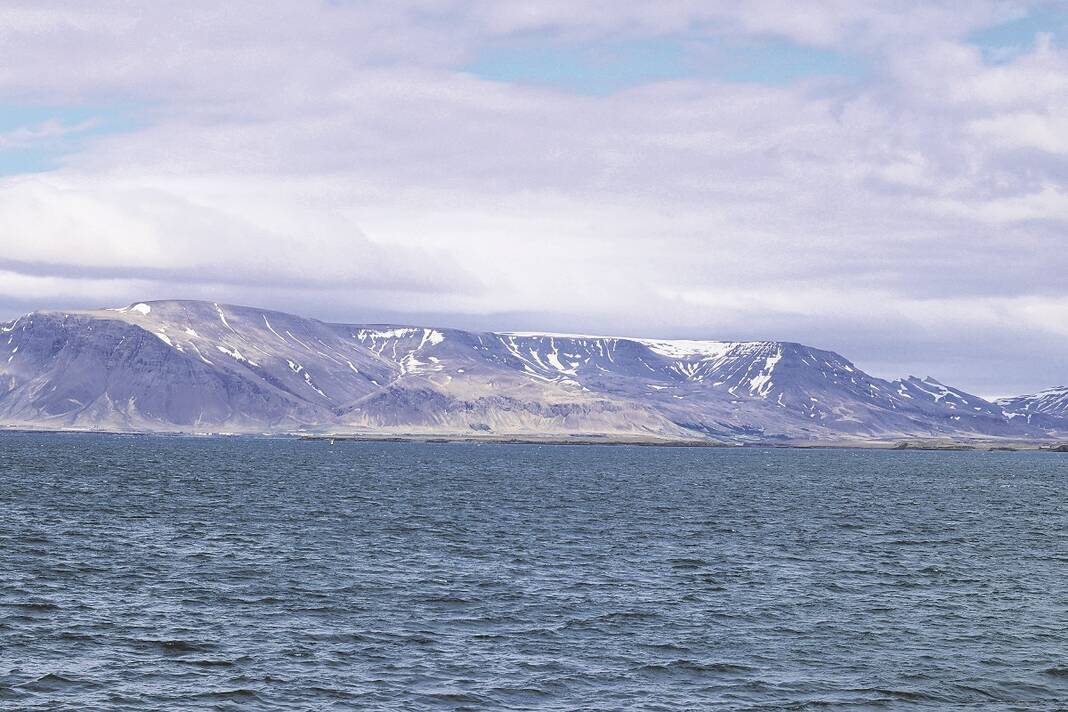REYKJAVIK, Iceland — The waves were rough enough to flash whitecaps and roll the ferry boat back and forth, but no one cared as the humpback whales frolicked, flapping their enormous white-tinted tails, or flukes.
The human gasps were audible exhalations of excitement as the pair of whales dove and surfaced, splashing nearby in Faxaflói Bay, perhaps 5 miles out from Reykjavik harbor.
It was mid-May. The temperature on board the 36-foot vessel was neither balmy nor frigid, and sunbursts alternated through clouds with rain, light snow and wind. The whales wiggled their flukes in a long enough show guide Lucas Heinrich oohed and ahhed like an overwrought sports contest color commentator, tossing out “wows” and “fantastics.”
Yet it was the proper tone for the moment. This is what tourists came to see on this rocky island with a population of a mere 345,500 people, the northern exotic, lured by the adventure of mingling in another culture in a far-off land.
Whales are a cornerstone of the experience. Depending on the time of year and north or south on the island, orcas, minkes or other types of whales may surface.
“Even we guides are surprised sometimes,” Heinrich said.
Humpbacks can weigh 40 tons or 80,000 pounds and grow to between 45 and 55 feet in length. Swimming in the vicinity of the boat for 45 minutes or more did inspire awe. Also, nausea in some. A young man wearing a University of Minnesota knit hat referred to the whale watching as spectacular but also said, “My wife is puking her guts out.”
Traveling to the Far North is like going into outer space, only with better restaurants.
Compared to almost anywhere in the lower 48 states of the United States, portions of Alaska, Canada, Greenland and Iceland have a strong kinship in their rugged, scenic lands.
They feature glaciers, mountains, volcanoes, icebergs, cold air, snow and ice. Bring a parka and gloves. Even though temps in the 50s were promised, many days over a week were cooler, and the wind chill was occasionally biting.
My visit to Iceland was 20 years in the making, sparked by a friend’s adventure story. I had been to all of those other cold corners of the hemisphere.
When you tell people you are headed to Iceland, they raise eyebrows, shake heads or begin dollar-sign calculations in their minds. Iceland is as a concept to many, as much as a place. They can’t drive there. They do not see a beachfront condo in their heads.
Most importantly, they erroneously assume it is too costly and semi-impossible to reach. Icelandair offered a five-and-a-half-hour direct flight from Chicago to Reykjavik for $550. The direct flight was the crux of it all for me. An alternative one-stop flight takes you to London or Berlin first, taking a discombobulating 32 hours to reach Iceland. My travel time and cost was in the ballpark of going to Anchorage, Alaska.
Food in Iceland is expensive since just about everything is flown in and we are stumbling into a worldwide food crisis at the moment. Yet each specific individual activity I scheduled was also reasonably priced.
There are different ways to do Iceland. I was not interested in an all-encompassing package. Instead, I booked all on my own. My hotel, one of the Center Hotels Klopp, was ideally situated. The cost was around $110 a night for six nights, solid hot food breakfast included, and the front desk service was the finest I have ever dealt. Picture a desk clerk as concierge, so helpful he went far beyond answering simple questions.
I did not wish to rent a car to circle the entire island, although it is a popular thing to do. Instead, I booked single-day mini-bus tours lasting up to 12 hours.
Trying to live up to a for-sale sweatshirt slogan of “Iceland: The Coolest Place on Earth,” I visited a glacier up close, dazzling waterfalls and a black sand beach stemming from boiling lava. For those with long memories, American Bobby Fischer won the world chess championships in Iceland in 1972, and there is a Bobby Fischer Center housing memorabilia from his stay. Fischer is buried nearby.
Although I had done it before, it was neat to walk up close to a glacier. Groups of people climbed on it, scrambling over the ice with crampons. You can’t do that everywhere.
It was permissible in Iceland to walk up way closer to massive waterfalls than elsewhere. At one, you could sidle up to the falls, then follow a path behind them.
This sounded neat and adventurous, but it was as close to a suicide mission I’ve been on for some time. The rocks were wet and slippery with either the force of the falls or wind blowing water. The footing was iffy, the terrain open and dangerous minus guard rails, and I was soaked through. In one place, I crawled over mud and rocks so as not to lose my balance — or life.
A driving guide named Huigi noted only 1% of Iceland is covered with trees.
“If we have three trees together, we call that a forest,” he said.
I spent the rest of my visit looking for clusters of trees. Many shorelines showed off impressive cliffs, but there was a shortage of woods.
I scheduled myself for one excursion a day, leaving some walking-around time in Reykjavik. The whale watching tour cost $82. A fishing trip on a boat out of Reykjavik harbor cost $119. The South Coast all-day tour with the waterfalls and glacier cost $108. The airport shuttle bus was about $33 and cheaper than a taxi.
Turned out the harbor was only 20 minutes from my hotel, negating the need for cabs to begin water trips.
The architecture is very European, often colorful with brighter buildings as a whole than in the United States. Reykjavik is loaded with coffee shops (decaf is hard to find) and bars. Props to a bar called Lebowski’s, named after the American movie classic “The Big Lebowski” starring Jeff Bridges and John Goodman. There were bowling shoes and pins displayed in the window and burgers on the menu.
For those not daring enough to risk taste buds on whale or horse meat, it was easy to buy a slice of pizza, a hamburger or even (surprise) a Subway sandwich. Lamb are area residents, cows not so much, so steaks are rarer. A reindeer herd lives in the highlands but was not showing itself at lower elevations just yet.
Wildlife does not roam the Icelandic countryside. Rarely, in winter, in far northern reaches, a polar bear may be spotted. Mostly, visitors see sheep ranches, whales and fish, especially cod, if they go fishing. Cod has long been one of the basic economic staples of Iceland. There are $500-plus inland fishing trips available for other species. Boat fishing was the way to go for me, and the water was calmer than during whale watching.
Reykjavik, with more than 130,000 residents, is home to a variety of museums. There is a whales museum, the Aurora Center, where one can learn about the Northern Lights, the National Museum of Iceland, the Reykjavik Art Museum and the Saga Museum.
“Saga” is a heavy-duty word. This museum covers the history of Iceland. It is generally conceded Iceland should have been called Greenland and Greenland should have been called Iceland because Greenland is really more wintry. It’s probably too late to swap.
Norwegians began settling Iceland in 847. The Saga displays are quite realistically bloody. This includes an off-with-his-head re-enactment with statue figures. There was a reference to an ancient with a zippy nickname, though, Ari the Learned. He probably had the sagas memorized.
More lightheartedly, the museum allows customers to dress as Vikings for photos. Pull on a cloth overgarment, layer on chain mail, choose a protective metal helmet, then wield a sword or axe while toting a shield. Talk about your great Halloween outfits. Alert. The chain mail must weigh at least 25 pounds. A forklift is helpful for raising it out of its box.
Others might vote for the Viking beer sold at the duty free shop at the airport as a souvenir. Drink enough and you might believe he was seeing things like a multi-colored street downtown. No, wait. There really is a road in Reykjavik called Rainbow Street. Everyone flocks to it because it is so vivid. Red, orange, yellow, green, purple and pink make up the road in lanes roughly the width of what one might be seen at a track meet.
The street is representative of a Rainbow Pride festival celebrating diversity. Iceland having the sparsest population in Europe, the people like the reminder that everyone counts. And this tops Oz’s Yellow Brick Road.

